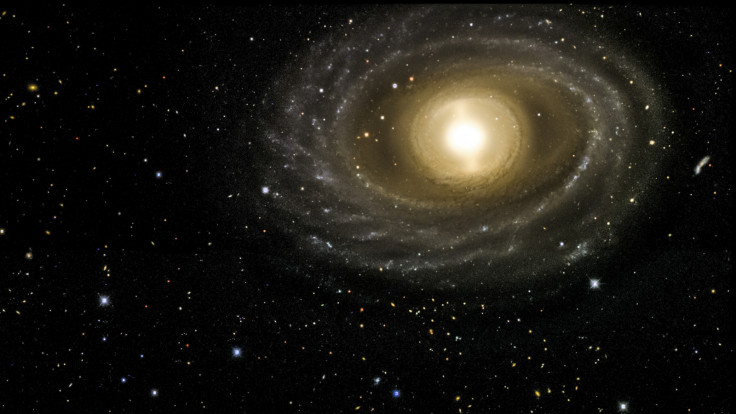Space Science: Dark Energy Survey into Second Year of Chasing Mysterious Substance

The Dark Energy Survey has begun its second year of unravelling the mysterious, unknown stuff that makes up 68.3% of the universe.
Mapping the southern sky using the Dark Energy Camera, a 570-megapixel imaging device attached to a telescope in Chile, the survey completed its first year of survey just recently.
The data collected will be freely available to the public from next month; the analysis of the thousands of captured images will take a few months. The results on its main mission, dark energy, will probably take a year, according to a Fermilab press release.
The survey is on a five-year mission to study and understand dark energy and its impact on the universe.
The universe was believed to be on a rapid expansion following the Big Bang 13.8 billion years ago. This has been calculated at 1% every 44 million years. But gradually under the influence of gravity, the expansion rate slowed down. Again, some six billion years ago, the universe started to speed up again, with scientists suspecting this was due to dark energy which acted against gravity.
Currently, astrophysicists believe that 68.3% of the Universe is dark energy, 26.8% is dark matter, and just 4.9% is made of matter that we are made of and know of.
Built and tested at Fermilab, the Dark Energy Camera can see up to 8 billion light-years away. It has already contributed to many scientific studies based on the data it provided.
The camera provided glimpses into a rare, superluminous supernova in a galaxy 7.8 billion light years away. A group of students discovered five new objects in the outer stretches of our solar system, including one that takes over a thousand years to orbit the Sun.
The camera tracked an asteroid that approached Earth and the data was used to show that this newly discovered Apollo-class asteroid 2014 BE63 poses no risk to the planet.
Spurred by public participation, the survey has relaunched Dark Energy Detectives, its photo blog.
Once every two weeks, a new image or video will be posted to www.darkenergydetectives.org, and an explanation provided by a scientist, says the press release.
The Dark Energy Detectives attracted many followers last year, including more than 46,000 followers on its Tumblr site.
© Copyright IBTimes 2025. All rights reserved.





















